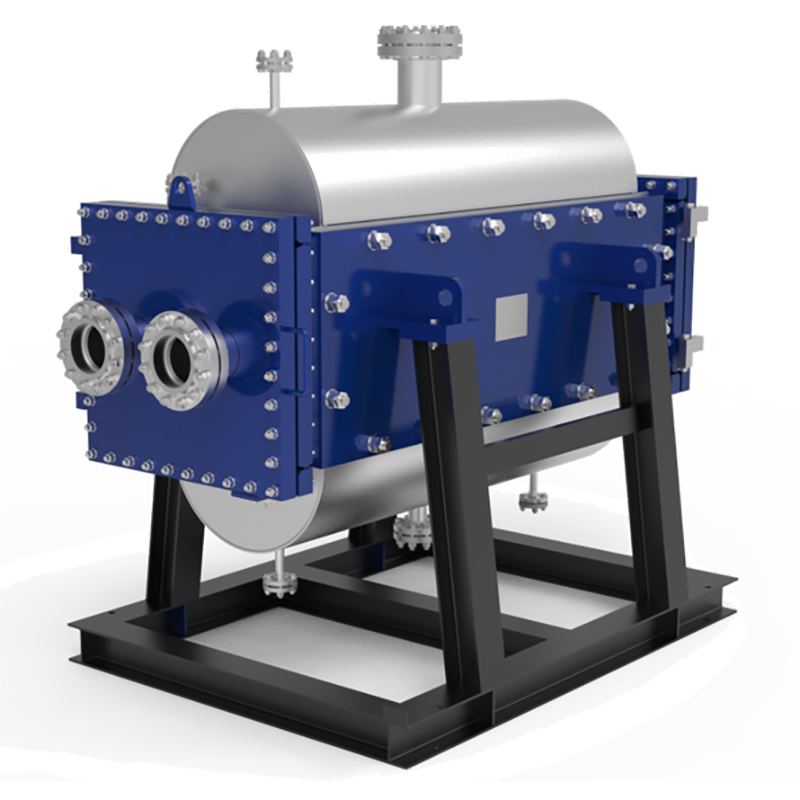5 key roles of plate heat exchanger gaskets.
Plate heat exchanger gaskets perform 5 key roles: ...
More
Plate heat recovery systems are advanced thermal exchange technologies designed to capture and reuse waste heat from industrial processes, HVAC systems, and commercial applications. These systems utilize highly conductive metal plates to transfer heat between exhaust and incoming air or fluid streams, significantly improving energy efficiency.
Plate heat recovery works by channeling waste heat—such as hot exhaust gases or discharged fluids—through a series of corrugated plates. As fresh air or liquid passes through adjacent channels, heat is transferred without cross-contamination. This process can recover up to 70% of otherwise lost energy, reducing operational costs and environmental impact. Industries like manufacturing, food processing, and data centers leverage these systems to optimize energy use. Modern designs include aluminum, stainless steel, or polymer plates, catering to corrosive or high-temperature environments. With minimal moving parts, plate heat exchangers require low maintenance while delivering consistent performance, making them a cornerstone of sustainable energy management.
Selecting plate heat recovery systems offers measurable economic and environmental benefits, backed by real-world data. Studies show that industries adopting these systems reduce energy consumption by 20–50%, with payback periods as short as 1–3 years. For example, a Danish dairy plant reported annual savings of €120,000 after installing a plate heat recovery unit, cutting natural gas use by 35%.
Beyond cost savings, plate heat exchangers excel in reliability and scalability. Their compact design allows integration into existing infrastructure without major modifications. Unlike rotary heat exchangers, plates prevent air leakage, maintaining indoor air quality—a critical factor for hospitals and labs. Additionally, governments incentivize their use; the U.S. DOE highlights heat recovery as a key compliance strategy for ASHRAE 90.1 energy standards. With lifespans exceeding 15 years and CO₂ reductions of 15–30%, these systems align with global net-zero targets. For industries prioritizing ROI and sustainability, plate heat recovery is a proven, future-proof investment.
Select the most popular foreign trade service products to meet your diverse needs
Learn more about the dynamics and professional knowledge of the foreign trade industry

Plate heat exchanger gaskets perform 5 key roles: ...
MoreAPI 662 defines standards for plate heat exchanger...
More
You can see clear differences between welded block...
More
A gasket in heat exchanger seals surfaces, blocks ...
More
Gasketed plate heat exchangers boost industrial ef...
More
A heat exchanger plate is a core component that tr...
MoreSelect the most popular foreign trade service products to meet your diverse needs
Explore more content related to foreign trade services

User Comments
Service Experience Sharing from Real Customers
John Smith
Mechanical EngineerThe plate heat recovery system has significantly improved our energy efficiency. Highly recommended for industrial applications!
Emily Johnson
Facility ManagerGreat product for heat recovery in our commercial building. Easy to install and maintain.
David Lee
HVAC TechnicianThis plate heat recovery unit is a game-changer for our clients. Excellent performance and durability.
Sarah Williams
Sustainability ConsultantVery effective for reducing energy waste in large facilities. A must-have for green building projects.